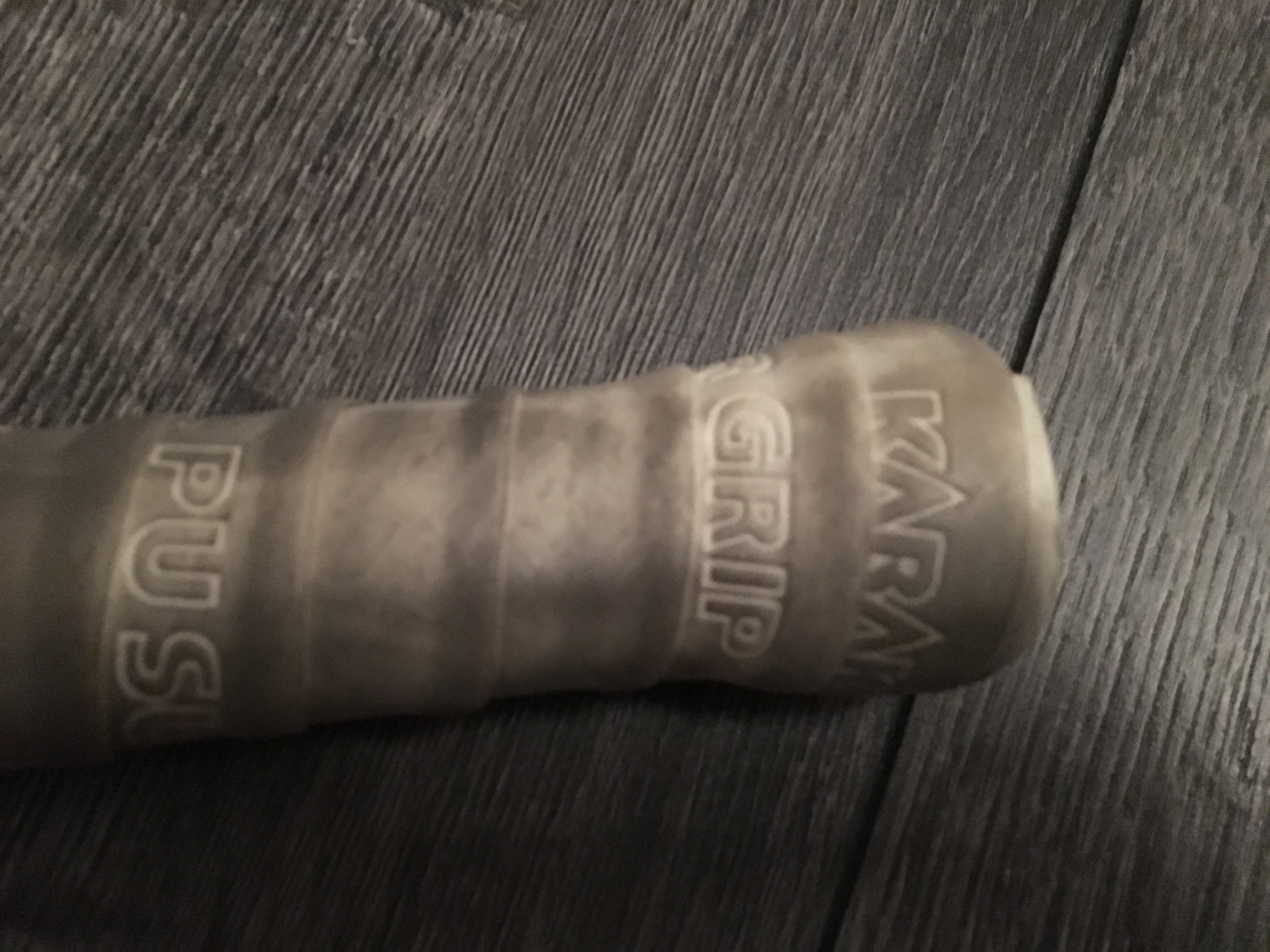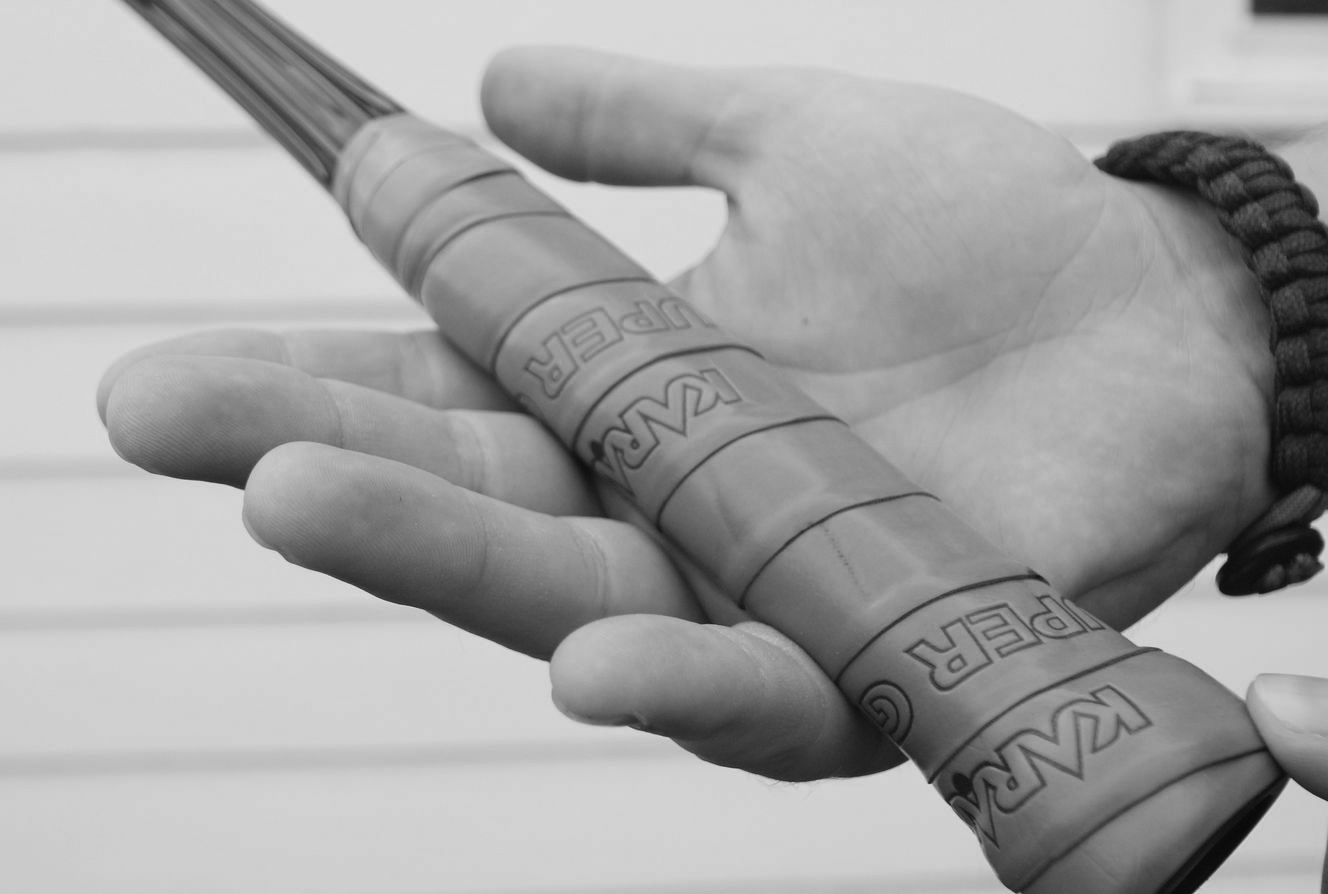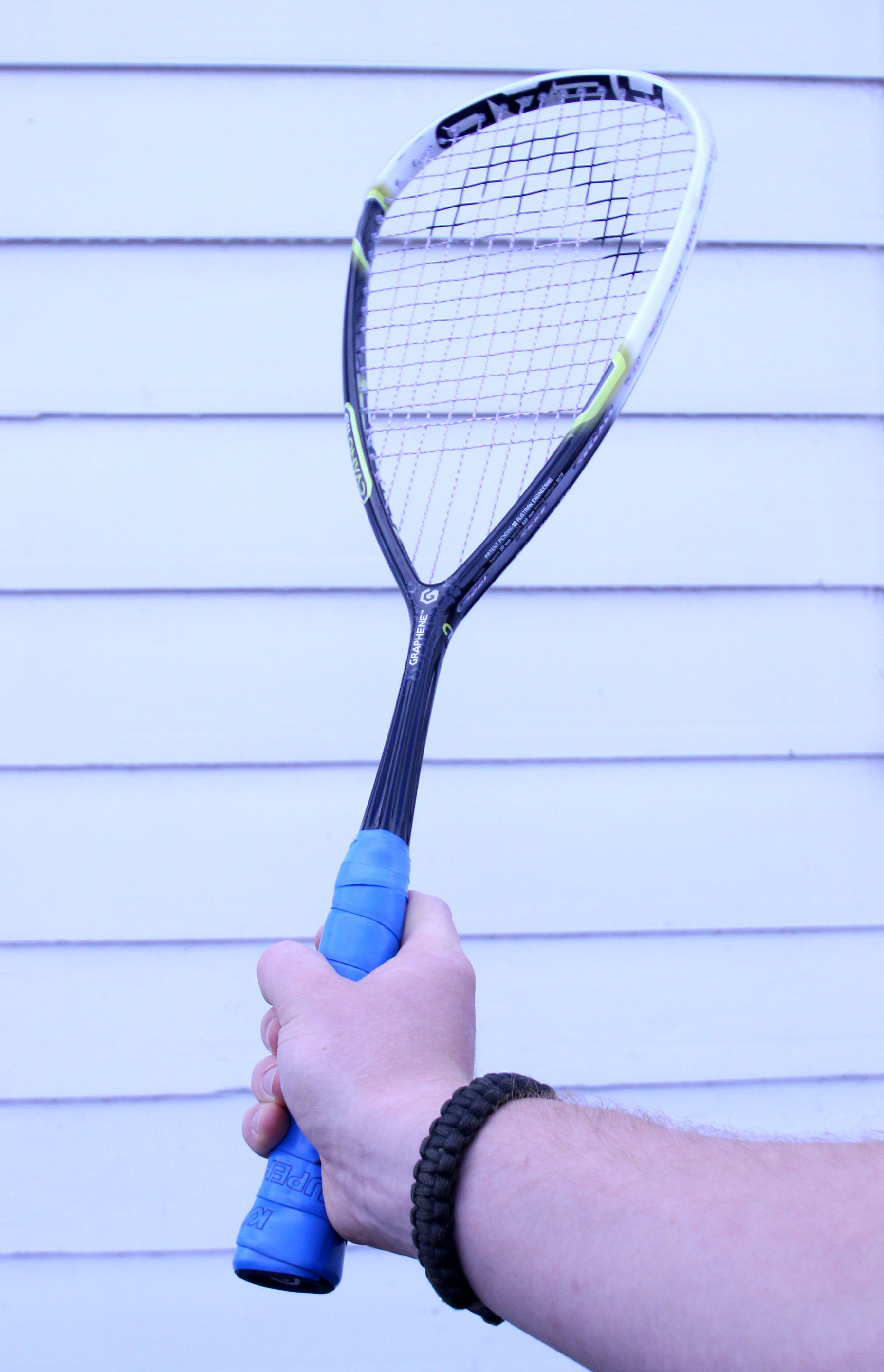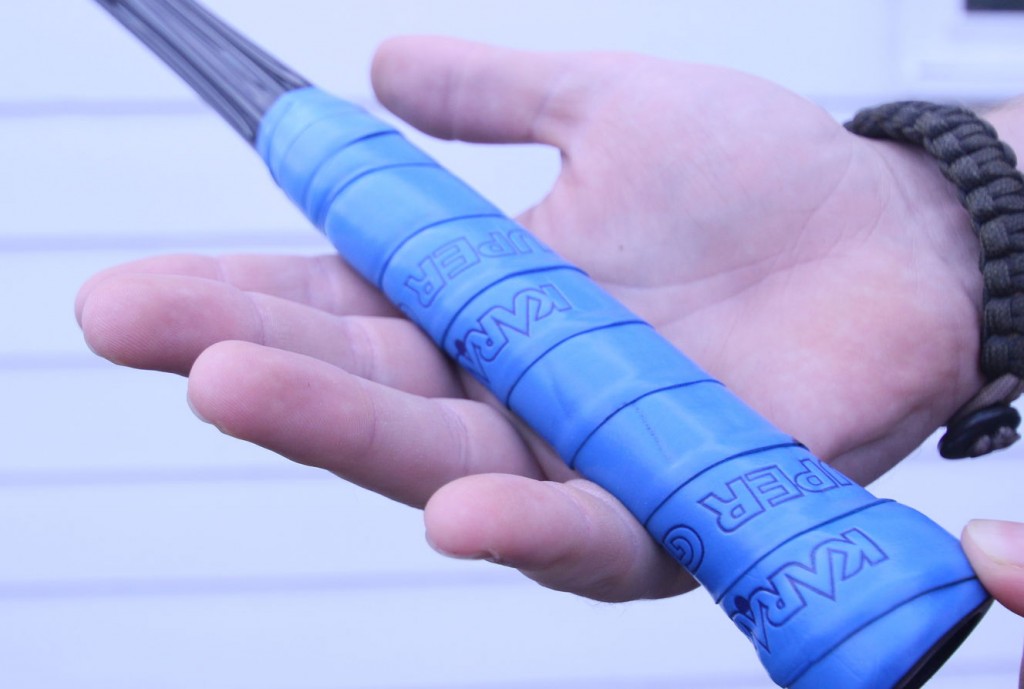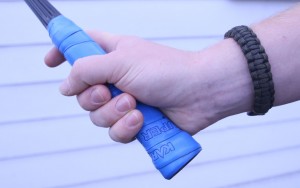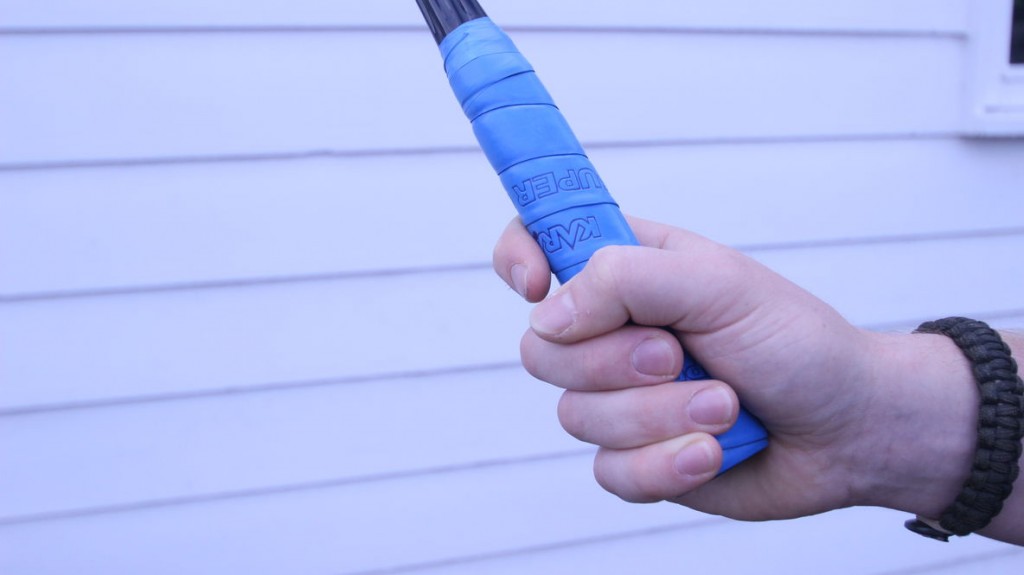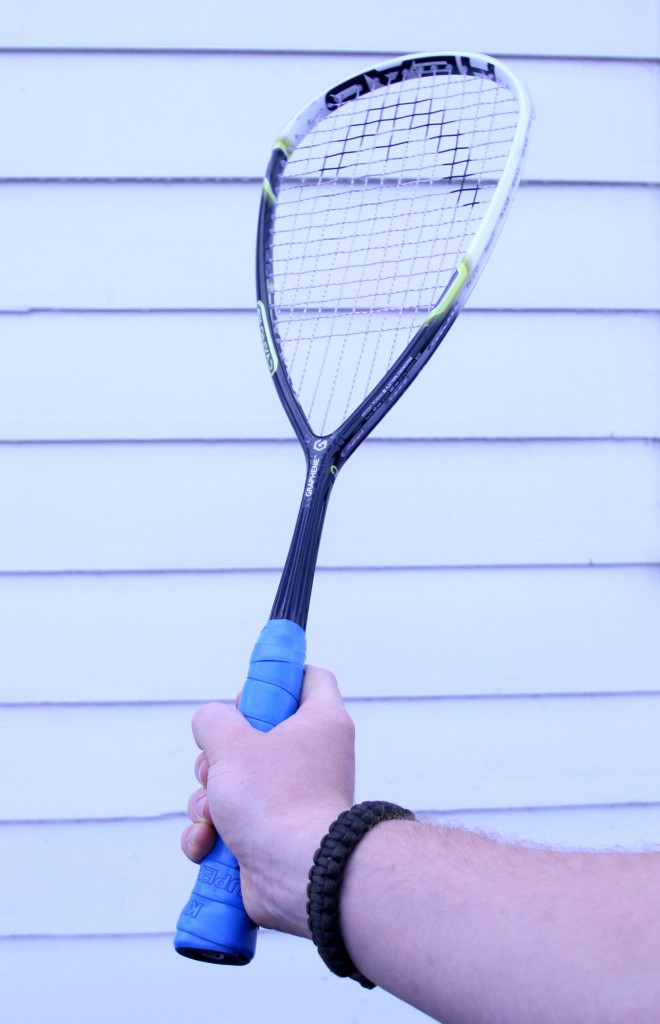Often!
This is a question I get asked on a regular basis and the real answer is it varies from player to player. The biggest factors are how much you sweat, how much you play, but perhaps most importantly, how seriously you take squash.
For information on how to actually hold the racket, check out our page on how to grip the racket.
Yuck!
Regular players – playing three – four times a week
If you’re playing three or four times a week, you should probably change your grip at least every two weeks, if not earlier, if you want to avoid your grip adversely affecting or distracting you. You can of course hold out for longer, but you may start to find your racket starts to slip at crucial moments, especially when hitting the ball hard. It can also start to feel rough when you’re trying to control drops or drop volleys.
There are a lot of very high level player who will change their grip far more frequently than this even, some even every match! You might be surprised at how much of a difference changing your grip this regularly can make, especially with getting touch shots like drops just right.
Weekly players – one – two times a week
If you’re playing once or twice a week, you probably ought to change your grip once every month, although this it does depend on you and how much you sweat and how sensitive to change your hands are.
Irregular players – one – two times a month or less
It often seems that players who play less need a new grip the most. It can be easy to think given you’ve not played for a while that you don’t need a new grip. Often this is not the case though as the ravages of time can take their toll on your grip! If you’ve left your racket in your garage for a while you might find the grip starts to colour in your hand!
Telltale signs that death has come for your grip
- If your grip is a light colour and is starting to go dark or is black!
- The racket slips out of your hand. This is usually more obvious when you try to hit the ball hard.
- You’re finding it difficult to get a high level of control on touch shots, like the drop or drop volley.
- If the grip is fraying or is starting to flake or colouring your hands; how did you let it get to that stage?!

A new grip is long overdue!
As with everything, it does vary from player to player. If you sweat a lot or play lots of intensive games, you will undoubtedly go through grips quicker than someone who plays the same amount as you but at a lower level. Keep an eye on your grip and watch out for the telltale signs and go with what keeps you feeling consistent with your hitting. It won’t make you the best player at the club (if you weren’t the best already!), but it is part of making sure you are well prepared and have everything in place to perform at your best, which certainly adds up and creates a platform to be the best.
Check out our posts on balls, rackets and strings for how get the best out of your equipment.
